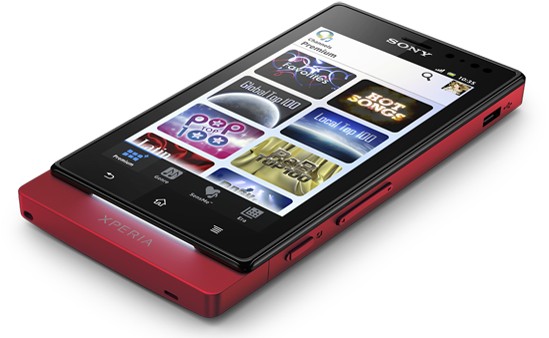
If the newly announced Sony Xperia sola’s floating touch input seems a bit too sci-fi, you might be surprised to find out that this bit of smartphone magic relies on technologies already commonplace in modern handsets. We are all familiar with multi-touch capacitive displays. In this type of display, mutual capacitance is utilized to plot the location of multiple input points on an X-Y grid of electrodes positioned below the surface of the screen. With floating touch — a technology that can read the location of a user’s finger as it hovers over the display — a second type of capacitive sensor is required, one which relies on self capacitance.
The electrical field generated through self capacitance is much larger than that of mutual capacitance and can register an input point up to 20mm from the surface of the display. The downside is that self capacitance cannot adequately detect multi-touch due to an artifact known as “ghosting.” Given the strengths and weaknesses of each technology, the team behind the Xperia sola relied on a combination of both to come to the almost mystical floating touch input found in the handset.
You can find out a bit more about the nitty-gritty technical details at an excellent blog post over on Sony’s developer portal. It’s definitely worth a read especially for devs interested in utilizing the new interface technology in games and applications.
[via AndroidCentral]

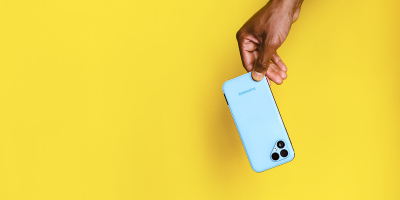

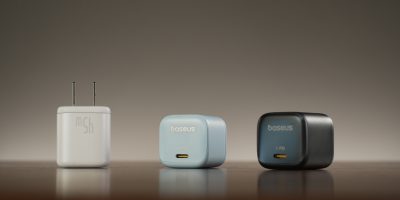
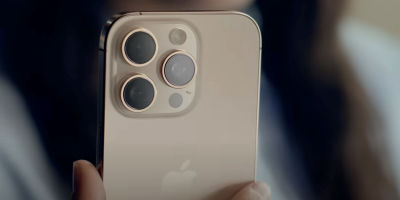


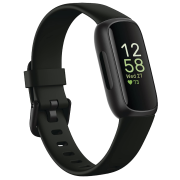
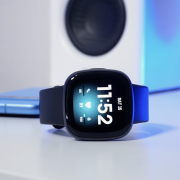


So what’s the benefit with this anyway?
Less fingerprints on the screen.
I would love to see this sort of technology (being able to sense somebody’s finger hovering over the screen) come to all the phones. I think there’s all sorts of uses for it. Like for example what they show in the video, highlighting links that you hover over, but you could take it further and maybe preview the URL it’s about to take you to at the bottom of the page, just like desktop browsers do when you hover with your mouse cursor. You could also use it for a number of things, take for example just showing tool-tips on Google Maps when you hover over a business. Basically any app could benefit from being able to respond to people “hovering” over certain items. Just think of all the tool-tips and stuff you use everyday on your desktop, which we couldn’t have, if windows couldn’t tell your mouse was hovering over something. I think it’s just one more thing that desktops can do that phones “could” do if they integrated this kind of technology! :-D Not to mention, I didn’t even think about this… if you’re hovering over a link, the browser could “pre-load” the link as soon as you start hovering over it. That way when you actually click on it, the request is already in motion and would be that much faster! :-)
Thanks that’s a great answer. Sounds like a really good idea when you put it like that.
don’t forget that it should let you read the extra text on all those XKCD comics!
What a freaking sexy phone. I want it so bad, please come out for Sprint!!!
wow… no piece….with new innovation.
good job sony.
I personally DON’t like this tech lol, I am one of those people that while typing, if i can’t think of what to say, i wave my thumbs over the keyboard as i think… is this just going to register a bunch of random keypresses then ?!?!
No, I don’t think it should do that at all. I honestly have the same problem with my current capacitive touch screen, it’s a little too sensitive for my taste. But what this is for, is to add to the input options, not just duplicate the current touches. What I mean is, it could be used for stuff like tooltips, preloading links, lots of stuff. But it’s NOT meant to just register normal clicks, because like you said, that WOULD be super annoying. Think of it just like your mouse on your computer. Often times actions will happen just by you hovering over something (without clicking). This would enable that sort of behavior on mobile touch-screen devices! :-)
hmm i like this idea, didn’t quiet think about that possibility, i guess i just thought of it as replacing the way i currently touch the screen… hover suggestions would be cool in certain apps.
imagine, a poker game with tutorials enabled. if you hover over a selection (such as “raise”) the game could tell you briefly what a raise is and suggest whether or not you should select it with your current hand….. hmmmmmm
A curious “floating touch” technology
@ Jared Meadows: You have some very good ideas!!!